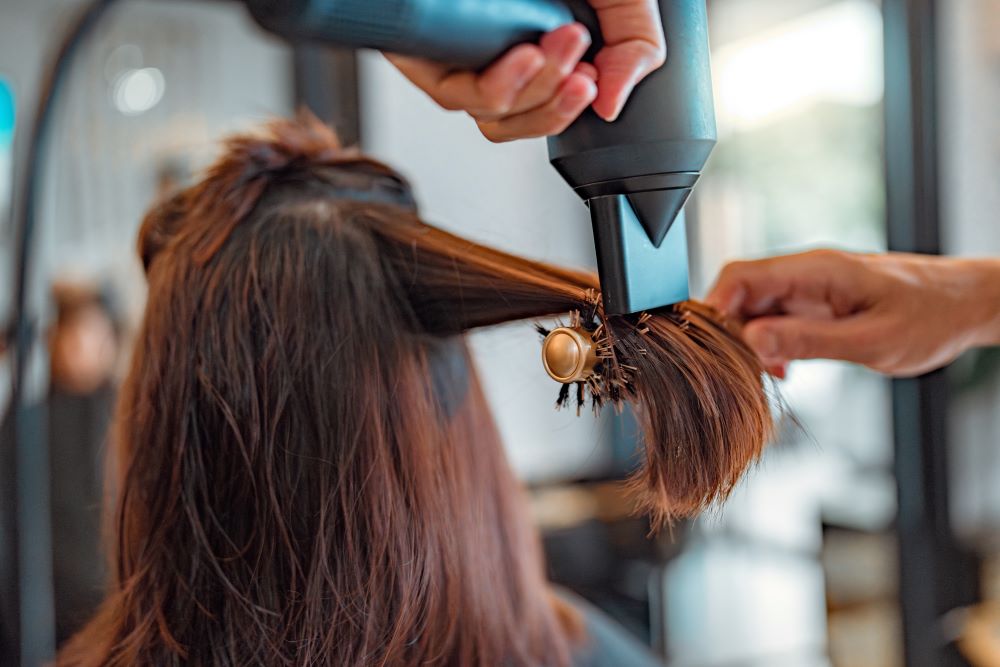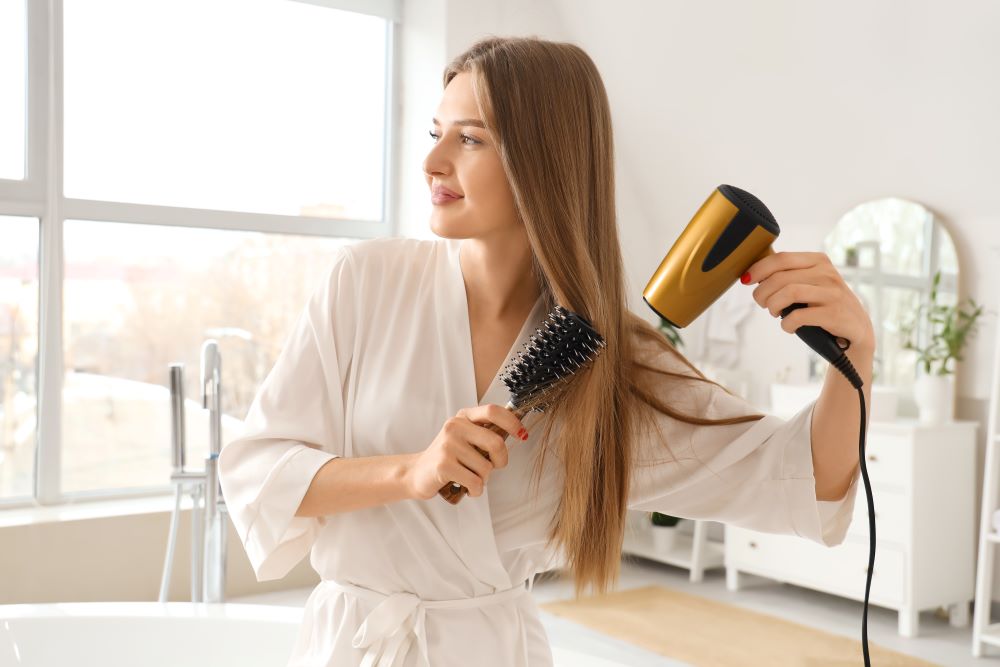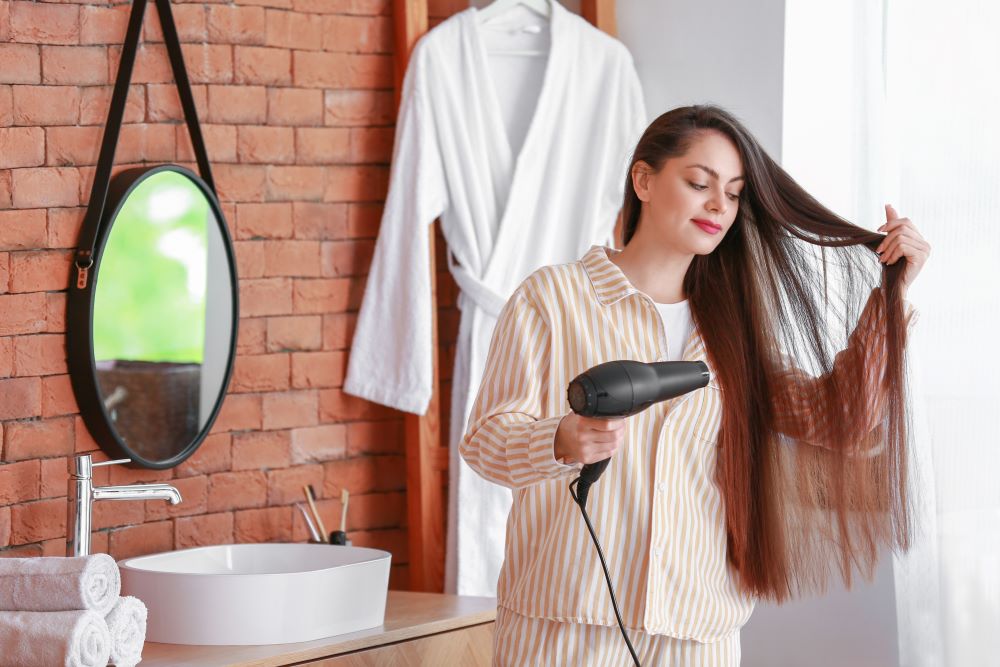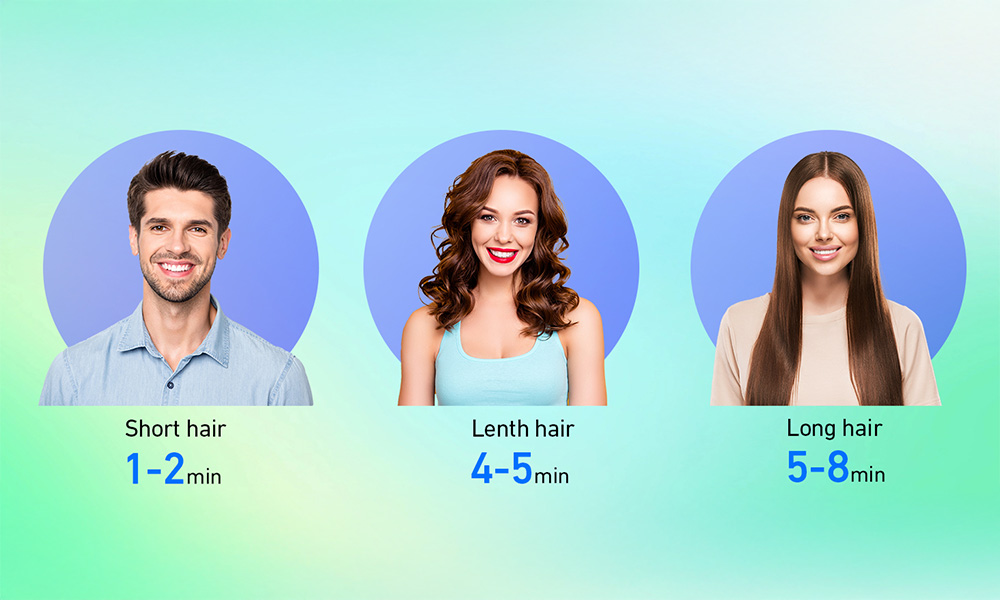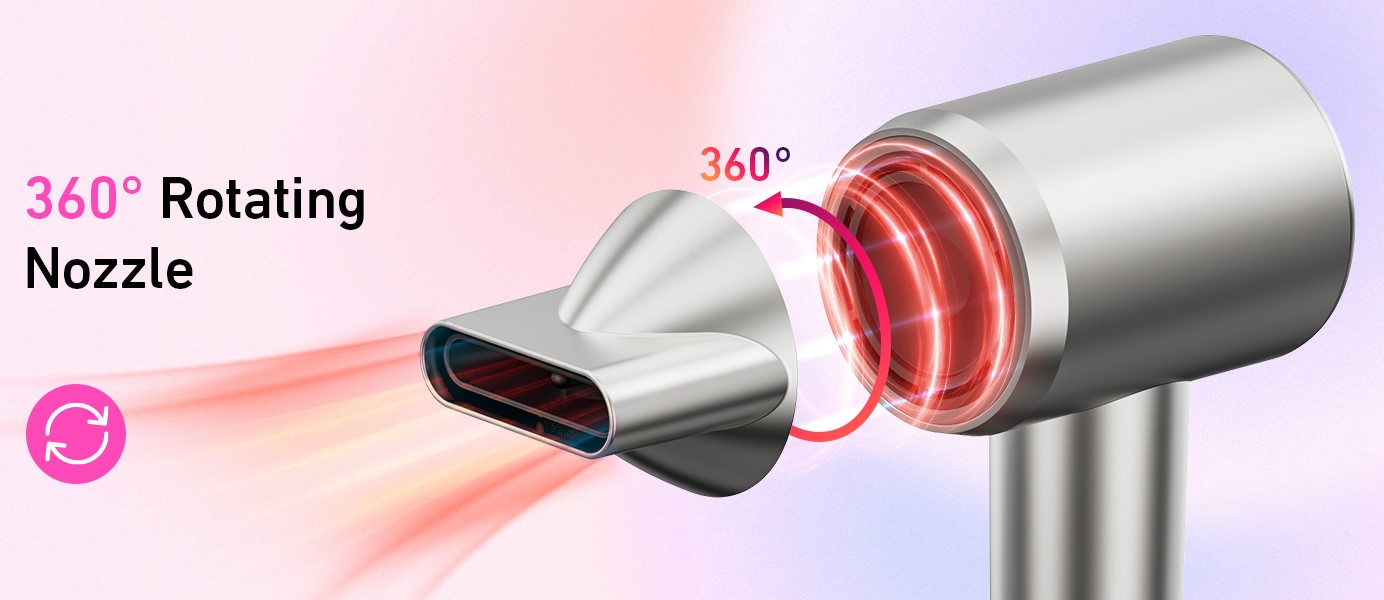
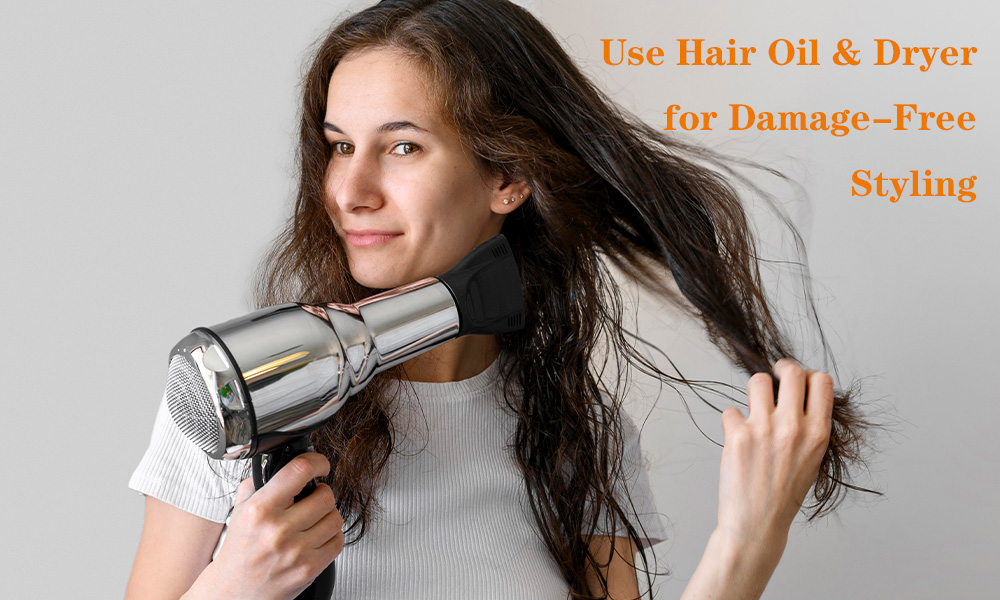
In the quest for healthy, shiny hair, many of us rely on heat styling tools like hair dryers. However, excessive heat can lead to dryness, breakage, and long-term damage. The good news? By combining the power of hair care oil with your hair dryer, you can achieve stunning results while keeping your locks healthy. This blog will guide you through the process of using these two tools together effectively, ensuring your hair stays nourished and protected from heat damage.
Understanding the Impact of Heat on Hair
Before diving into solutions, it’s essential to understand how heat affects your hair. When exposed to high temperatures, the hair cuticle (the outer protective layer) can lift, leading to moisture loss and structural damage. Over time, this can result in split ends, frizz, and a lackluster appearance.
To combat this, it’s crucial to adopt a proactive approach that includes heat protection and nutritional support. This is where hair care oil comes into play. Oils like Batana oil are rich in essential fatty acids and antioxidants, which help to seal the cuticle, lock in moisture, and provide a protective barrier against heat.
The Role of Hair Care Oil in Heat Styling
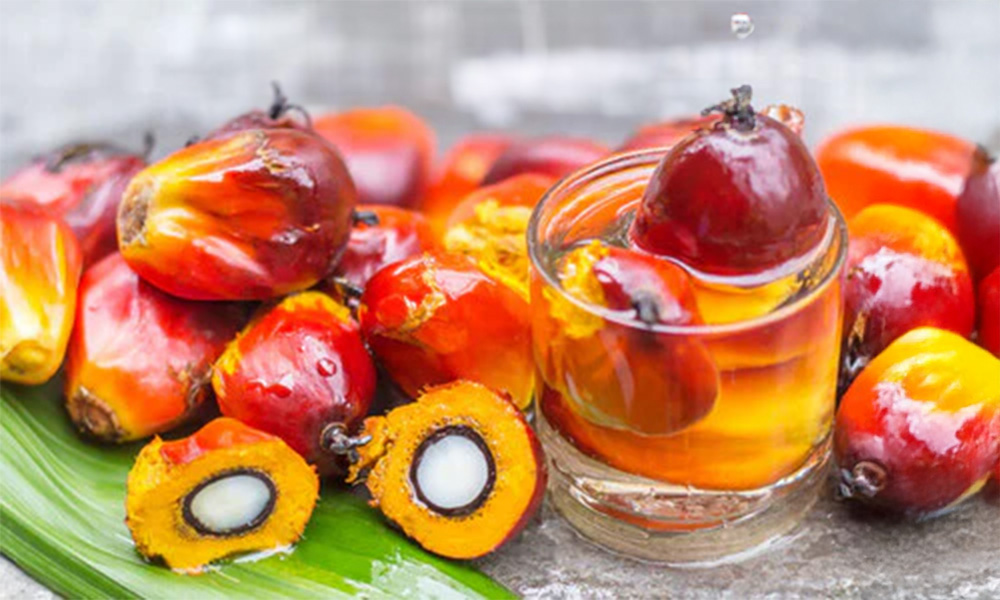
Hair care oil is not just a post-styling treatment; it can be a game-changer when used before heat styling. Here’s how it works:
Prevents Moisture Loss: Oils create a barrier that helps retain moisture within the hair shaft, reducing the risk of dryness caused by heat.
Protects the Cuticle: By smoothing the hair cuticle, oils minimize the lifting effect caused by hot air, preventing damage.
Adds Shine and Softness: Oils like Batana oil are known for their ability to enhance hair’s natural shine and softness, even after heat exposure.
When used correctly, hair care oil can transform your hair dryer from a potential enemy to a trusted ally in your styling routine.
How to Use Hair Care Oil and Hair Dryer Together
Combining hair care oil with a hair dryer is a game-changer for achieving salon-quality results at home while keeping your hair healthy and protected. This step-by-step guide will walk you through the process, ensuring you maximize the benefits of both products and avoid heat damage.
Step 1: Start with Clean, Damp Hair
Begin by washing your hair with a gentle, sulfate-free shampoo and conditioner. Sulfates can strip your hair of its natural oils, leaving it more vulnerable to heat damage. After rinsing, gently towel-dry your hair to remove excess water. Avoid rubbing your hair vigorously with the towel, as this can cause friction and lead to breakage. Instead, pat your hair dry or use a microfiber towel to absorb moisture without causing stress to the strands.
Pro Tip: If you have thick or curly hair, consider using a wide-tooth comb to detangle while your hair is still damp. This reduces the risk of breakage during the drying process.
Step 2: Apply Hair Care Oil Strategically
Once your hair is damp, it’s time to apply hair care oil. Choose a high-quality oil like Batana oil, which is lightweight, non-greasy, and packed with nourishing ingredients. Here’s how to apply it effectively:
Dispense the Right Amount: Start with a small amount (about 2-3 drops for medium-length hair) and adjust based on your hair’s thickness and length.
Focus on Mid-Lengths and Ends: These areas are the most prone to dryness and damage. Rub the oil between your palms and gently work it through your hair, avoiding the roots to prevent a greasy scalp.
Comb Through for Even Distribution: Use a wide-tooth comb to ensure the oil is evenly distributed. This step also helps to detangle your hair further, making it easier to style.
Why This Works: The oil creates a protective barrier around each strand, locking in moisture and preventing the hair dryer’s heat from penetrating too deeply. This reduces the risk of heat damage and keeps your hair hydrated.
Step 3: Use a Heat Protectant Spray (Optional but Recommended)
While hair care oil provides excellent protection, adding a heat protectant spray can offer an extra layer of defense. Look for a spray that contains ingredients like silicones or polymers, which form a protective shield around the hair.
How to Apply: Spray evenly throughout your hair, focusing on the mid-lengths and ends. Hold the bottle about 6-8 inches away from your hair to ensure even coverage.
Why It’s Important: Heat protectants help to lower the hair’s exposure to high temperatures, reducing the risk of protein loss and cuticle damage.
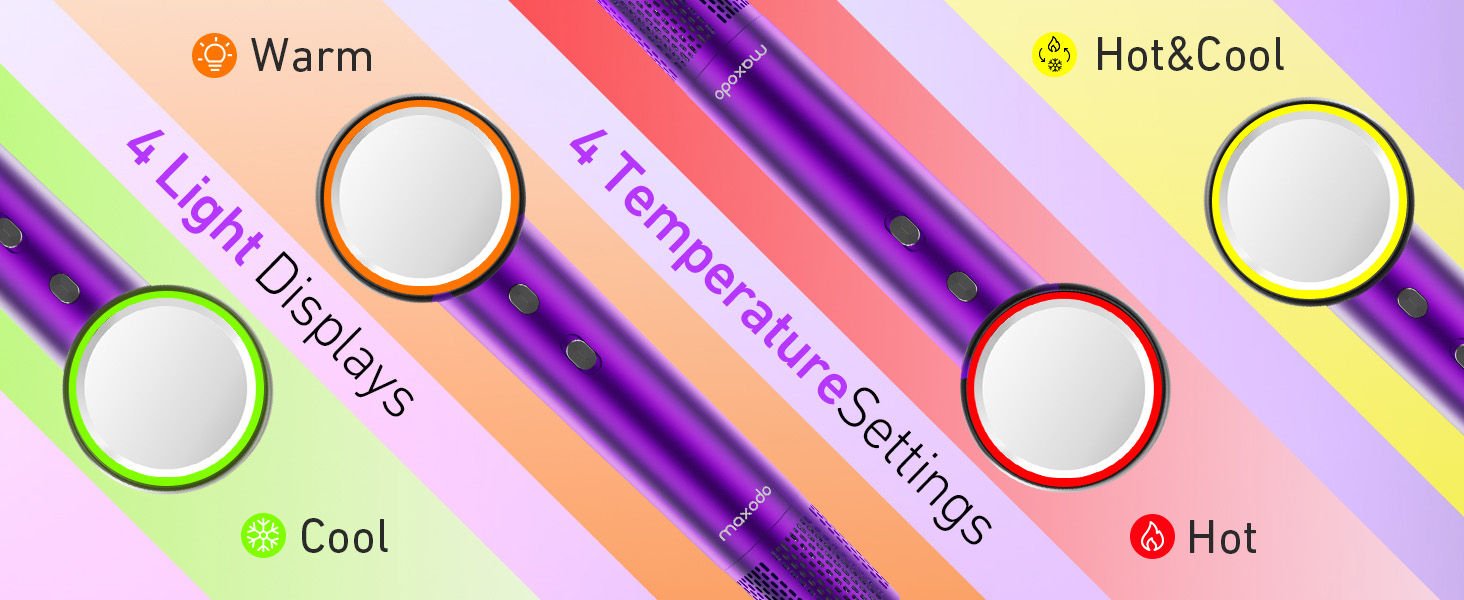
Step 4: Adjust Your Hair Dryer Settings
Not all heat settings are created equal. To minimize damage, follow these guidelines:
Choose the Right Heat Level: Opt for a medium or low heat setting. High heat may dry your hair faster, but it significantly increases the risk of damage.
Use Ionic Technology if Available: Many modern hair dryers come with ionic technology, which emits negative ions to break down water molecules faster. This reduces drying time and minimizes heat exposure.
Select the Right Speed: Use a medium speed setting to avoid tangling and ensure even drying.
Pro Tip: If your hair dryer has a “cool shot” button, use it periodically during the drying process. Cool air helps to seal the hair cuticle, locking in moisture and adding shine.
Step 5: Dry Your Hair in Sections
To ensure even drying and reduce heat exposure, divide your hair into sections. Here’s how:
Part Your Hair: Use a comb to create clean sections. Start with the bottom layers and work your way up.
Use a Round Brush for Styling: If you’re aiming for a smooth, polished look, use a round brush to lift the roots and create volume as you dry.
Keep the Dryer Moving: Avoid holding the dryer in one spot for too long. Keep it moving in a back-and-forth motion to distribute the heat evenly.
Why This Matters: Drying in sections ensures that each part of your hair receives equal attention, reducing the likelihood of over-drying or uneven results.
Step 6: Finish with Cool Air
Once your hair is about 90% dry, switch to the cool air setting on your hair dryer. Cool air helps to:
Seal the Cuticle: This locks in moisture and smooths the hair shaft, reducing frizz and adding shine.
Set Your Style: If you’ve used a round brush or other styling tools, cool air helps to set the shape, ensuring your style lasts longer.
Step 7: Apply a Final Touch of Hair Care Oil
After drying, you can apply a tiny amount of hair care oil to the ends of your hair for added nourishment and shine. This step is especially beneficial if you have dry or damaged ends.
How to Apply: Rub a drop of oil between your palms and lightly smooth it over the ends of your hair. Avoid applying too much, as this can weigh your hair down.
By following these steps, you can enjoy the benefits of heat styling without compromising your hair’s health.
Choosing the Right Hair Care Oil
Not all oils are created equal. When selecting a hair care oil for heat styling, look for one that is lightweight, non-greasy, and packed with nourishing ingredients. Batana oil is an excellent choice because it is rich in oleic acid, which penetrates deeply into the hair shaft to provide long-lasting hydration.
Other options include argan oil, coconut oil, and jojoba oil. However, Batana oil stands out for its ability to protect against heat damage while promoting overall hair health.
Additional Tips for Avoiding Heat Damage
Limit Heat Styling Frequency: Try to reduce the number of times you use heat tools each week. Embrace air-drying or heatless styling methods whenever possible.
Invest in a Quality Hair Dryer: Look for a hair dryer with advanced features like ionic technology, which reduces frizz and speeds up drying time.
Regular Deep Conditioning: Incorporate deep conditioning treatments into your routine to replenish moisture and repair damage.
Trim Regularly: Schedule regular trims to remove split ends and keep your hair looking healthy.
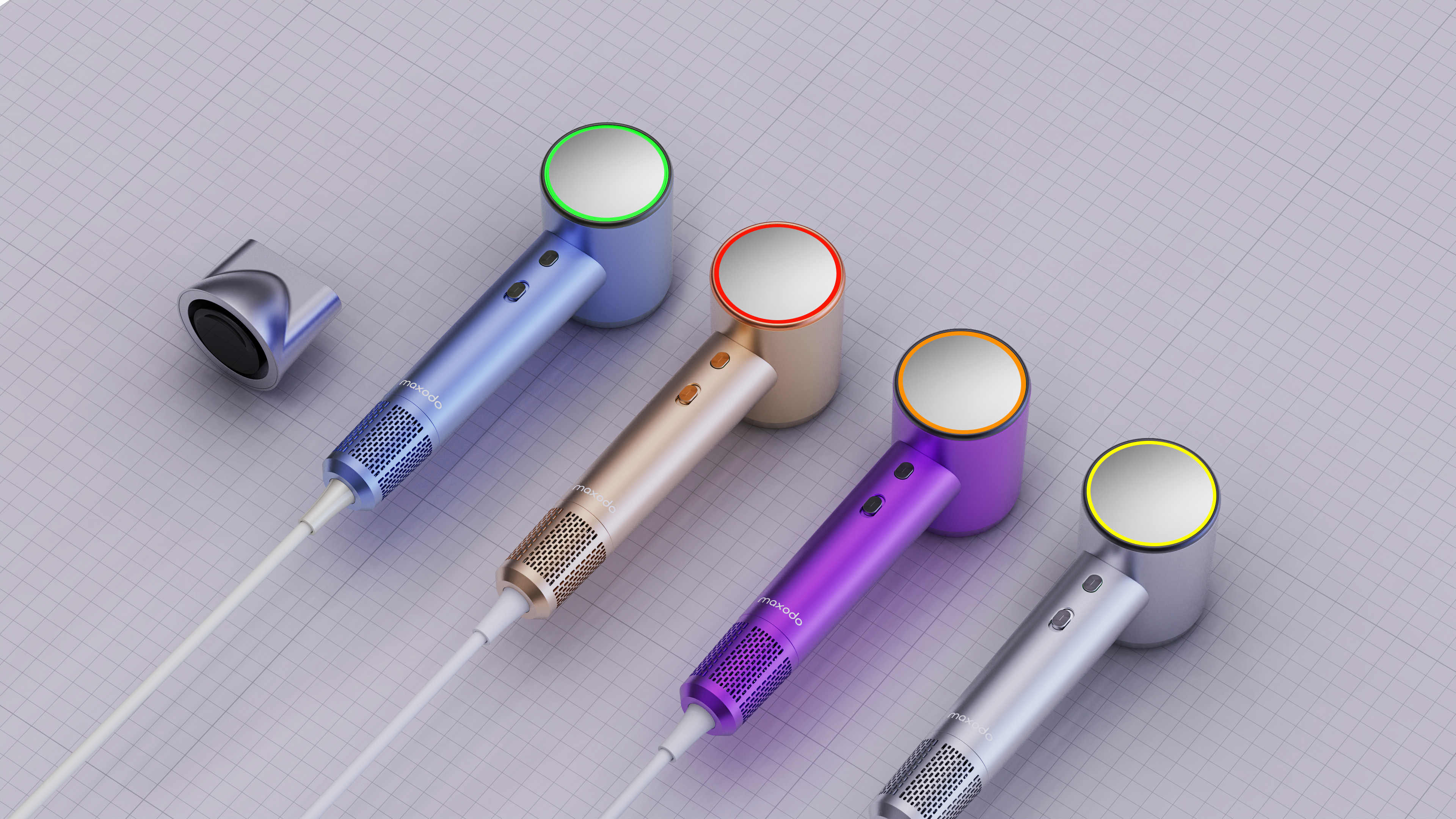
The Science Behind Batana Oil and Heat Protection
Batana oil is derived from the nut of the American palm tree and has been used for centuries by indigenous communities for its healing properties. Its unique composition makes it particularly effective for protecting hair from heat damage.
Oleic Acid: This fatty acid penetrates the hair shaft, providing deep hydration and strengthening the hair from within.
Antioxidants: These combat free radicals generated by heat, preventing oxidative stress and damage.
Vitamin E: Known for its moisturizing and repairing properties, vitamin E helps to restore elasticity and shine.
By incorporating Batana oil into your routine, you’re not just protecting your hair from heat—you’re nourishing it for long-term health.
Common Mistakes to Avoid
Using Too Much Oil: A little goes a long way. Overloading your hair with oil can make it greasy and weigh it down.
Skipping Heat Protectant: Even with hair care oil, a dedicated heat protectant is essential for maximum protection.
Using High Heat: Always opt for lower heat settings to minimize damage.
Ignoring Hair Type: Different hair types require different approaches. Fine hair may need lighter oils, while thick hair can handle richer formulas.
Conclusion
Combining hair care oil with your hair dryer is a powerful way to achieve beautiful, healthy hair without sacrificing style. By following the tips and techniques outlined in this blog, you can avoid heat damage and keep your locks looking their best. Remember, the key is to prioritize protection and nourishment—your hair will thank you for it.
Whether you’re a heat styling novice or a seasoned pro, this approach will help you maintain healthy hair while enjoying the convenience of your hair dryer. So, grab your favorite hair care oil, adjust your settings, and get ready to blow-dry your way to gorgeous, damage-free hair.
Popular Post

Ultimate Guide to Using a Hair Dryer with Nozzle for Styling
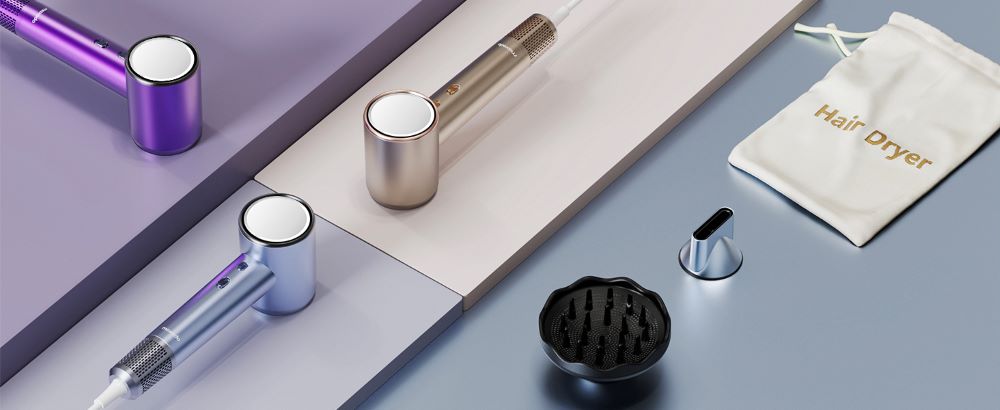
The Benefits of Using a Hair Dryer with a Diffuser
